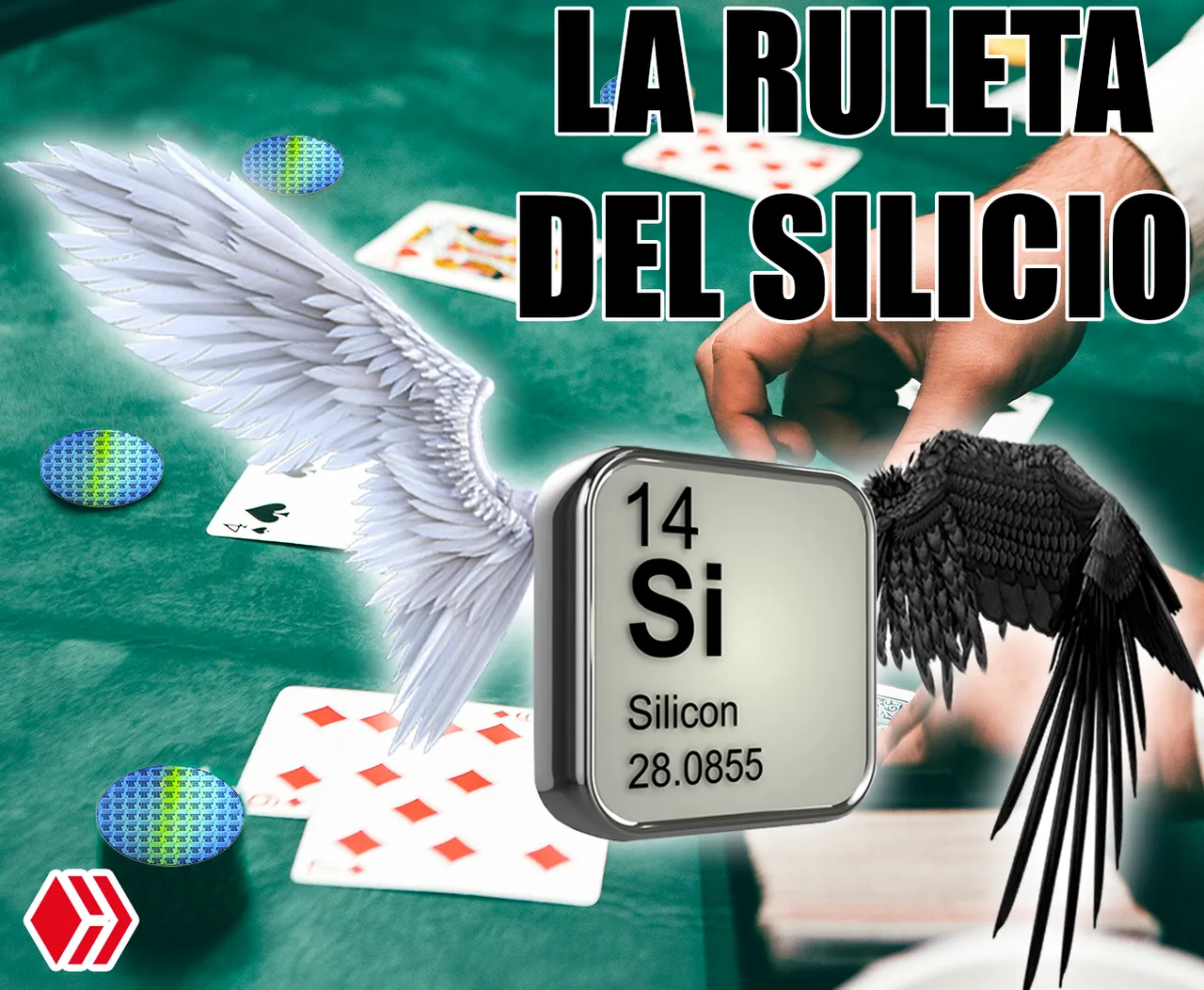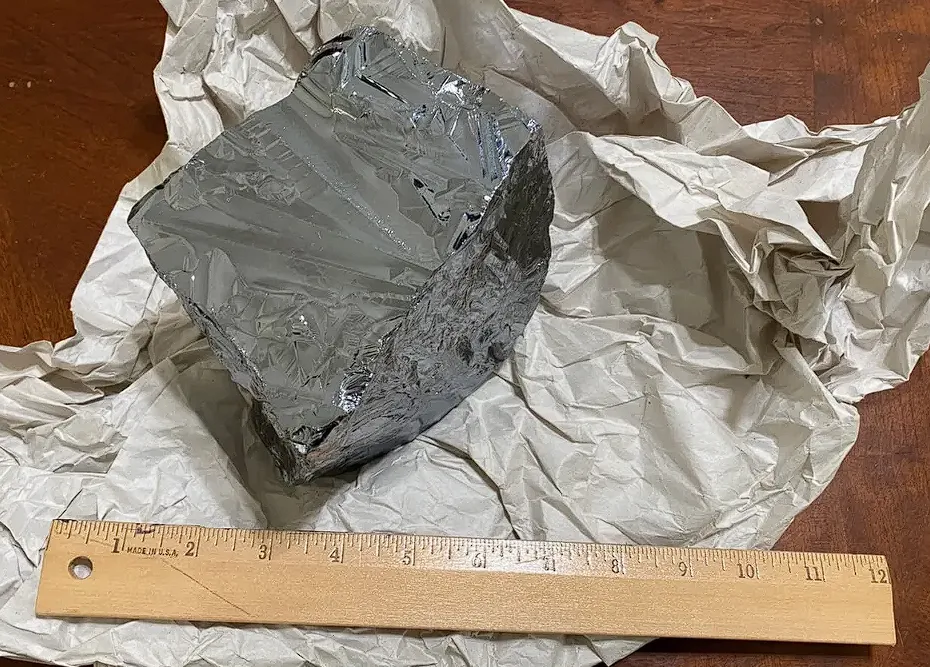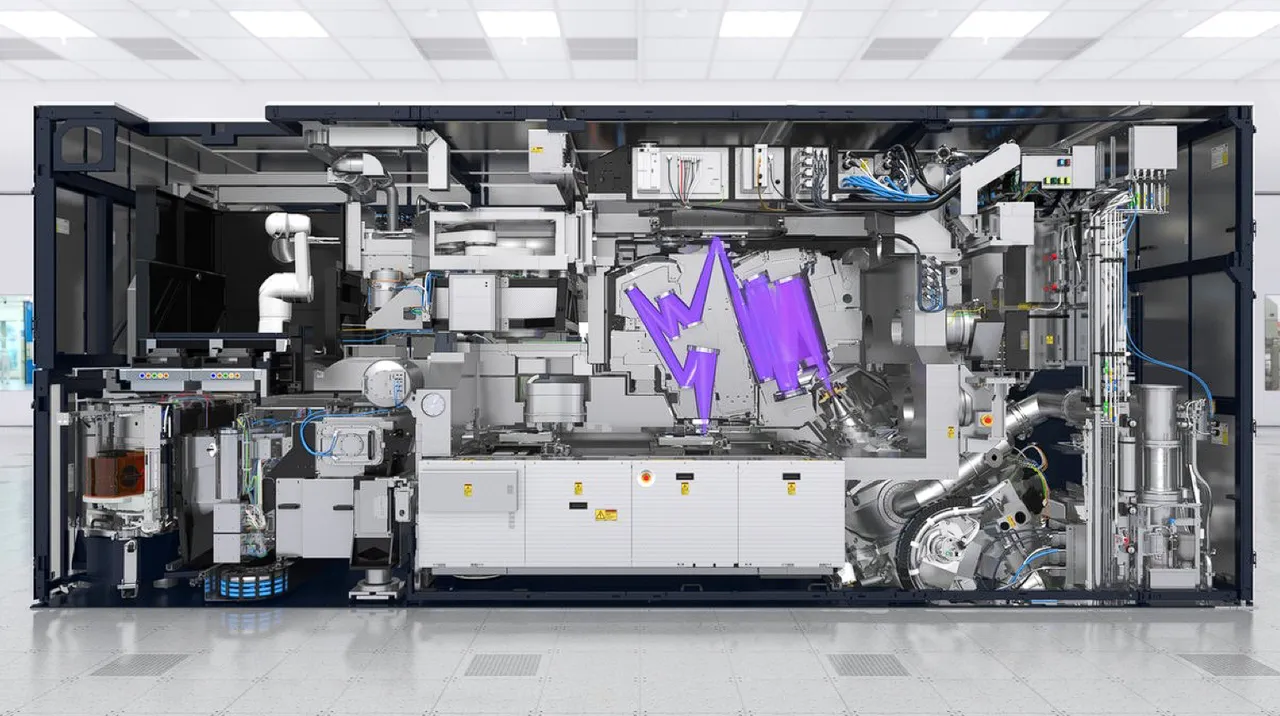

Or a HUGE piece of garbage.... But all processors are different, even those that share the same model and family. Even if they come out of the same die! But... Why? Everything should be the same.
Processors are fundamentally made of silicon, a conductor that abounds in nature. It is extracted from sand, melted together with carbon at high temperature. The result is huge coils of silicon crystal. These coils are then sliced into slices, yes, like a piece of ham, and then polished by various methods to a pristine surface.

O una basura… Pero todos los procesadores son distintos, incluso los que comparten el mismo modelo. Aunque salgan de la misma matriz! Pero… ¿Por qué?
Los procesadores están hechos fundamentalmente de silicio, un conductor que abunda en la naturaleza. Se extrae de la arena, se funde junto con carbón a alta temperatura. El resultado son enormes rollos de cristal de silicio. Estos rollos luego se cortan en fetas, si, como si fuera un pedazo de jamón y luego se pulen con varios métodos hasta conseguir una superficie prístina.

Rough Silicon piece Source of image

The processing circuits are printed on it. The circuit is "drawn" on the surface. I say draw in quotation marks because the process is quite curious. It is called photolithography, and consists of bathing the surface with a substance that reacts to light and then illuminating it. Apart from being photosensitive, it conducts electricity. The precision is such that layers of this photosensitive conductive paint are placed one on top of the other with new drawings. This allows enormous amounts of simultaneous processing in a very small space.

En él se imprimen los circui procesadores. El circuito se “dibuja” en la superficie. Digo dibujar entre comillas porque el proceso es bastante curioso. Se llama fotolitografía.
La fotolitografia consiste en bañar la superficie con una sustancia que reacciona a la luz y luego iluminar. Aparte de ser fotosensible, conduce electricidad. La precisión es tal que se colocan capas de esta pintura conductora fotosensible una arriba de la otra con nuevos dibujos. Esto permite enormes cantidades de procesos en simultáneo en un espacio ínfimo.

Silicon wafer, starting as a cilinder and slided thin pieces Source of image

The silicon purification process is quite complex and has evolved over the years. But the process does not always have an identical result. And I mean identical, because at the scale we are talking about, impurities at the microscopic level have a big impact on factors such as performance and temperature.

El proceso de purificación de silicio es bastante complejo y fue evolucionando con los años. Pero el proceso no siempre tiene un resultado idéntico. Y me refiero a idéntico, porque a la escala que estamos hablando impurezas a nivel microscópico tienen un gran impacto en factores como rendimiento y temperatura.

Photolitography UV Machine Source Of Image

We all hear that processors are divided into generations (their age), models (their performance) and architectures which is basically the design. Well, architectures are shared in different models of the same generation. They differ just from their impurities. The "dirt" or micro-fractures in the silicon plate make that for practical purposes, certain cores do not work, or that when reaching a certain speed it gets hot or becomes unstable. These sectors are then physically eliminated or their speed is limited in order to function properly. This creates the different models in the processors of the same family.

Todos escuchamos que los procesadores están divididos en generaciones (su edad), modelos(sus prestaciones) y arquitecturas que es básicamente el diseño. Bueno, las arquitecturas son compartidas en diferentes modelos de la misma generación. Se diferencian justamente de sus impurezas. La "suciedad" o micro fracturas en la planchuela de silicio hace que a fines prácticos, ciertos núcleos no funcionen, o que al alcanzar cierta velocidad se caliente o se torne inestable. Entonces estos sectores se eliminan físicamente o su velocidad se limita para que funcione correctamente. Esto crea los diferentes modelos en los procesadores de la misma familia.

This shows how light print a circuit over a special sustrate that reacts with light. Source of image

This phenomenon is called in the jargon "silicon roulette" because when we buy our processor we have the possibility that its performance will be superior (although it will never be inferior).
It is a process that I found exquisite. It looks like a fusion between craftsmanship and science, an extraordinary use of light to achieve something as marvelous and precise as a processor. Technology that has been powering modern computing for more than 50 years.

Este fenómeno que les comenté se llama en la jerga "ruleta del silicio" ya que cuando compramos nuestro procesador tenemos la posibilidad de que sus prestaciones sean superiores (aunque nunca serán inferiores)
Es un proceso que me pareció exquisito. Parece la fusión entre artesanía y ciencia, un uso extraordinario de la luz para conseguir algo tan maravilloso y preciso como un procesador. Tecnología que hace ya mas de 50 años alimenta la informática moderna.